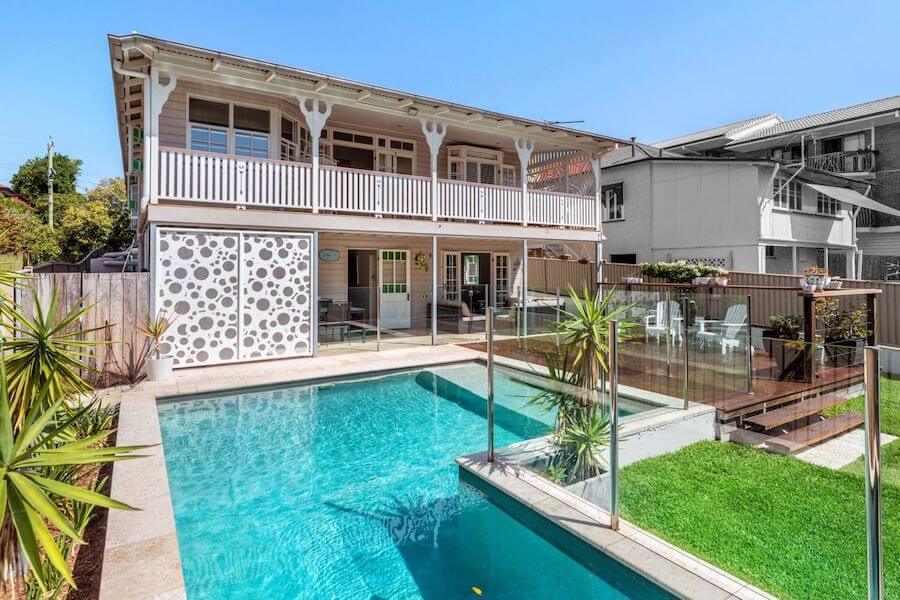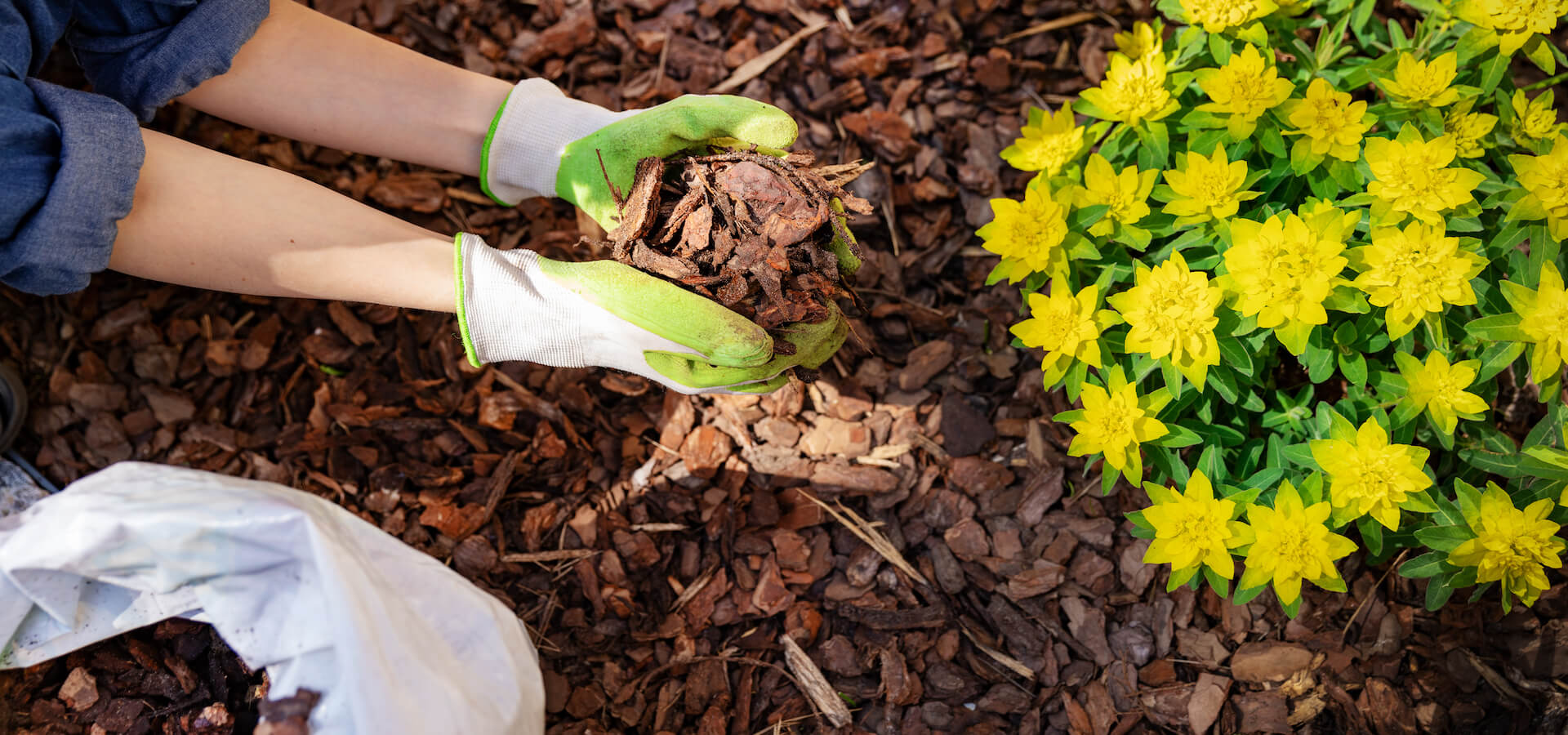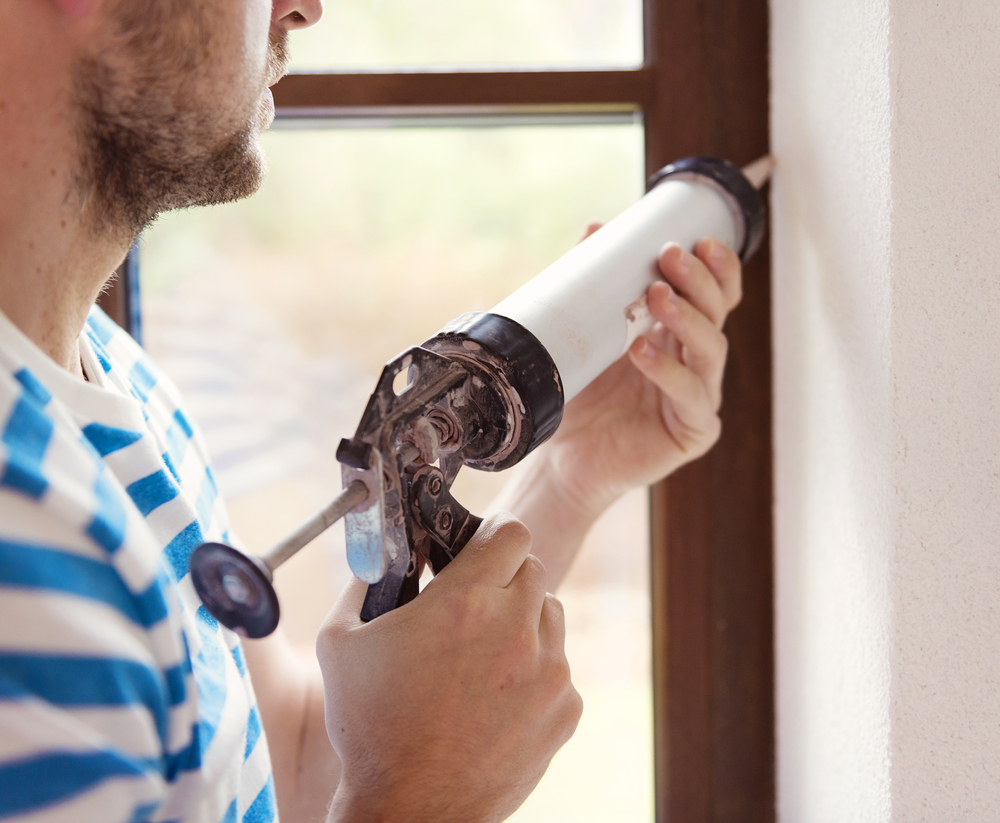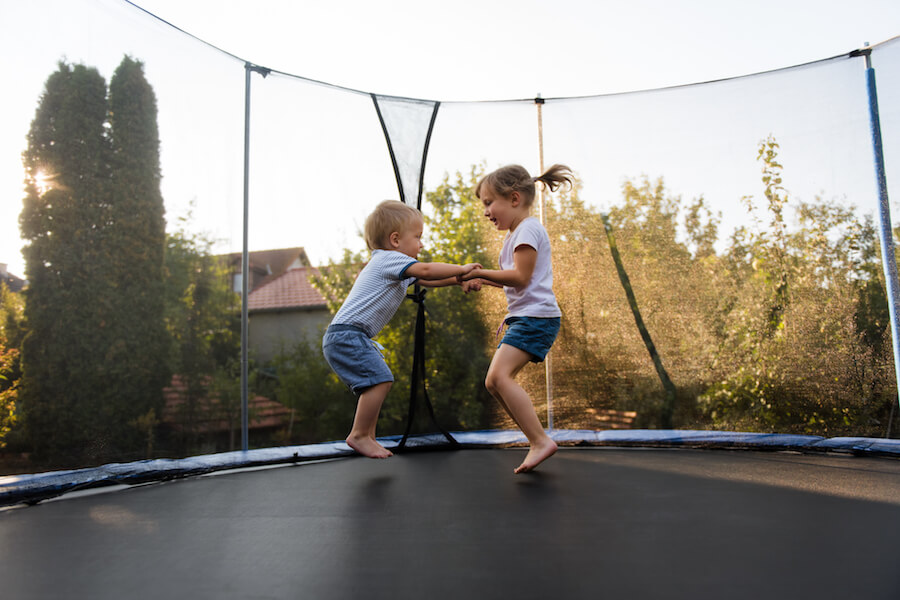How to weatherproof your home in time for summer

If we were to ask you how weatherproof your home is, would you be able to tell us? It’s not a question you’re commonly faced with, but with such a variable climate in Australia and another record-breaking summer on its way, it’s a question you should be able to answer.
Temperatures and heatwaves are predicted to increase over the coming years, with more extremely hot days to come. The need for keeping your home cool during the hotter months will be even greater than what they are now, particularly on days of extreme heat.

According to YourHome, there will be up to 25 per cent increase in days of very high or extreme fire danger, an increase in storm surges and severe weather events and an overall one degree Celsius of warming, resulting in more heatwaves.
What resonated with us in the YourHome’s report is ‘good design for a changing climate is design that is flexible enough to adapt to prevailing conditions while optimising the occupants’ comfort and house’s liveability’.
It’s about adapting your home to climate change and optimising the liveability and comfort of your house.
By the end of this article, if anyone were to ask you the question, ‘how do you weatherproof a home?’ you’ll be able to tell them exactly what needs to be done. Here are some simple ways to weatherproof your home and adapt to a changing climate.
Topics in this article:
8 ways to weatherproof your home before summer
Sealing windows and doors
An unsealed home can account for up to 15-25 per cent of heat loss in winter and contribute to a significant loss of cooling when air conditioners are used. Air leaks can typically be found around unsealed windows and doors, with both areas responsible for over 10 per cent of energy loss in a home.
Protect your home from heavy rainfall and strong winds using weather seals to plug up any gaps or air leaks you might have around windows and doors. By sealing internal doors, you will improve the functionality of your door, as it helps minimise the amount of sound, light and draughts entering or exiting the home.
Weather seals such as Cowdroy weather seal can also be installed on external doors to minimise leakage of wind, rain, light and sound, effectively improving energy efficiency.
Sealing your home is one of the easiest and simplest ways of weatherproofing your home and can reduce your energy bills and carbon emissions by up to 25 per cent.

Insulated garage doors
The garage door is the largest door opening in your home and can equate to up to a third of your front’s exterior. If it’s attached to your home, it can easily become an area of heat and energy loss, putting a strain on your heating and cooling systems.
You may have noticed how your energy bills tend to skyrocket at the beginning of summer and winter, and it’s probably due in part to the fact that your garage door is not weatherproof. Garage door insulation panels and seals are the perfect solutions to creating a more energy-efficient home and reducing your energy bills.
They provide an additional sound barrier, effectively reducing outside noise, reduce heat loss and heat gain, and help keep unwanted pests outside where they belong.
Weatherproofing your garage door is a relatively inexpensive way to increase the liveability of your home and adapt to the changing Australian climate.
Insulate your hot water system
Insulating parts of your hot water heater can provide savings on energy bills and effectively reduce the amount of heat loss. An insulation blanket can be wrapped around electric hot water units to keep the heat in.
They can also be applied to hot water pipes, particularly those that are externally exposed, leading from the water heater to the house and the pipe to the relief valve on storage systems. However, these blankets are not suitable for gas storage systems which use a pilot light due to them becoming a fire hazard when they get overheated.
Heat reflective paint
When it comes to warding off the Australian heat and keeping cool, nothing does it better than heat reflective paint, also known as ‘cool roof paint’. The roof surface of your home captures enormous amounts of heat, especially during the summer.
Heat reflective paint allows for a cooler home with energy savings of 20-40 per cent and reflects up to 80 per cent solar radiation, preventing it from being absorbed into the buildings envelope.
A cooler building means less use of air conditioners, lower carbon emissions, and effectively reduces cooling costs, with less heat penetration.
Brands including Dulux, offer AcraTex 962 Cool Roof technology which has been designed to act as a radiant heat barrier, maximising solar reflectance and reduced heat absorption.
Storm-proof garage doors
Storm-proof garage doors have been specifically designed to withstand the harshest of weather conditions down to your day-to-day sunshine and wind. Different brands of storm-proof garage doors utilise various materials, including corrosion-resistant ZINCALUME steel — seen in Colorbond doors — to wind-resistant doors capable of withstanding cyclonic winds from B&D.
If you live in a particularly volatile corner of Australia, you may need to look into upgrading to a storm-proof garage door to further weatherproof your abode.
Sealing decorative concrete
The one part of the home we may often find ourselves neglecting is our driveway and paths. Only when they’re riddled with stains, cracks, and covered in weeds, do we realise they need some TLC. At times, if the damage is too far gone you may even need to arrange a replacement driveway and path.
Sealing your exposed or honed aggregate driveway is the easiest way to weatherproof it, by this we mean waterproof. Excess moisture can cause flaking and peeling, bubbling or blistering, and dark spots to form. Decorative concrete is naturally durable and robust, providing it is sealed all year round, it will maintain its beauty and integrity. This can also ensure that it is kept waterproof during winter.
Look to reseal your driveway every two to three years, or when you start to notice signs of wear. Sealants can be purchased from any concrete material suppliers or hardware store. If unsure, you can always contact a professional.

Gutter leaf guards
When was the last time you cleared the gutters? Blocked gutters and drains not only cause water to overflow but can pose a potential fire hazard during the summer.
This is where gutter guards come in. Gutter leaf guards have been designed to keep leaves, other debris and pests out of your gutters, allowing for a clear path for water to flow to your downpipes.
However, this does not mean you will never have to clean your gutters again, there is no solution that requires zero maintenance, but gutter guards can reduce the amount of time you’ll spend scooping leaves out of your gutter.
Swimming pool covers
For swimming pool owners, covering your pool with a cover is the single most effective way of reducing pool heating costs.
A swimming pool loses energy in a variety of ways, with evaporation being the largest source of energy loss. The rate of evaporation is dependent on the pool temperature, wind speed and humidity — the higher the pool temp, wind speed, and lower the humidity the greater evaporation rate you’ll find.
Pool covers assist by increasing heat retention, reduce the rate of evaporation by up to 97 per cent, and running costs in terms of maintenance and pool chemical consumption by 35 – 60 per cent. Save on energy use, maintenance costs and help keep unwanted debris and pests out of your pool with a swimming pool cover.

As we prepare ourselves for another scorcher of a summer here in Australia, make sure you’ve done your best to weatherproof your home. From saving immensely on energy costs to reducing fire hazards, increase your liveability by creating a home that’s flexible and comfortable to live in all year round.
We'd like to hear from you!
2 comments
4 years ago I did not do any preparations which caused us to replace a portion of our driveway (my wife was extremely mad at me on this). And after that, we seeked help with a good company on how to maintain our exposed aggregate driveway.
[…] the summer, fallen leaves are fire hazards, especially during heatwaves. As much as possible, install gutter and drain guards to prevent leaves from clogging the pipes. They make it easier to clean up the gutters, […]




